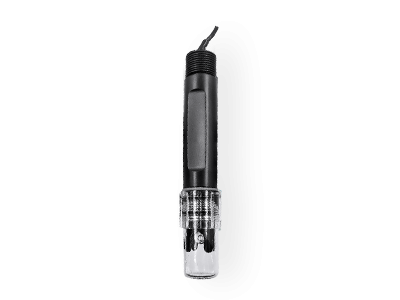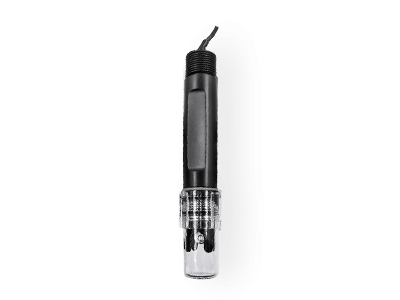Water pH is an essential parameter that indicates the acidity or alkalinity of a solution. pH sensors are widely used in various industries and applications, including environmental monitoring, water treatment, agriculture, and laboratory research. These sensors are designed to accurately measure the pH level of water and provide valuable information for quality control and analysis. In this article, we will explore the characteristics of water pH sensors and their working principles.

1. Working Principle:
Water pH sensors work based on the principle of electrochemistry. They consist of a glass electrode, a reference electrode, and an electrolyte solution. The glass electrode has a thin bulb with a pH-sensitive glass membrane that allows hydrogen ions to pass through. The reference electrode, usually made of silver chloride, provides a stable reference potential. The pH measurement is based on the difference in potential between the glass and reference electrodes, which is converted into a pH reading by a pH meter.
2. Accuracy and Precision:
One of the key characteristics of a water pH sensor is its accuracy and precision. pH sensors are calibrated against standard buffer solutions with known pH values to ensure accurate measurements. The accuracy of a pH sensor is typically expressed as a percentage of the reading or the absolute pH value. A high-quality pH sensor can provide an accuracy of ±0.02 pH units or better. Precision refers to the consistency and repeatability of measurements. A precise pH sensor will produce consistent readings when measuring the same solution multiple times.
3. Response Time:
The response time of a pH sensor is another important characteristic. It refers to the time it takes for the sensor to stabilize and provide a reliable pH reading after being immersed in a solution or when there is a change in pH. The response time can vary depending on the design of the sensor, temperature, and the nature of the solution. In general, a fast response time is desirable, especially in applications where rapid pH changes need to be monitored.
4. Maintenance and Calibration:
To maintain accurate and reliable measurements, pH sensors require regular maintenance and calibration. The glass membrane of the sensor can become fouled or damaged over time, affecting its performance. Cleaning the sensor with a specialized cleaning solution or a gentle detergent is necessary to remove any contaminants. Additionally, pH sensors need to be calibrated periodically using buffer solutions of known pH values. Calibration adjusts the sensor readings to match the standard pH values, ensuring accurate measurements.
5. Temperature Compensation:
pH measurements are influenced by temperature variations. To compensate for temperature changes and provide accurate readings, pH sensors are equipped with a temperature sensor or a built-in temperature compensation feature. Temperature compensation adjusts the pH reading based on the temperature of the solution. pH sensors may use a thermistor or a thermocouple to measure the temperature and apply the appropriate compensation.
6. Durability and Longevity:
Water pH sensors should be designed to withstand harsh environments and prolonged use. They need to be resistant to chemicals and corrosion, especially in applications where they are exposed to aggressive solutions. High-quality pH sensors are typically made with materials such as glass, ceramic, or stainless steel that are resistant to chemical degradation. Sensors with reinforced designs and robust construction tend to have a longer lifespan, reducing the need for frequent replacements.
7. Connectivity and Integration:
In modern applications, pH sensors often come with digital interfaces, allowing for easy connectivity and integration with data logging systems, laboratory equipment, or process control systems. Digital interfaces such as USB, RS-485, or Bluetooth enable real-time monitoring, data transmission, and remote control. Integration with data analysis software or control algorithms can enhance the efficiency and effectiveness of pH monitoring and control processes.
Water pH sensors are invaluable tools for monitoring and controlling water quality across various industries. Their characteristics, including accuracy, precision, response time, maintenance requirements, temperature compensation, durability, and connectivity, determine their performance and suitability for specific applications. Choosing the right pH sensor and properly maintaining it ensures reliable and accurate pH measurements to support effective decision-making and quality control in water-related processes.






